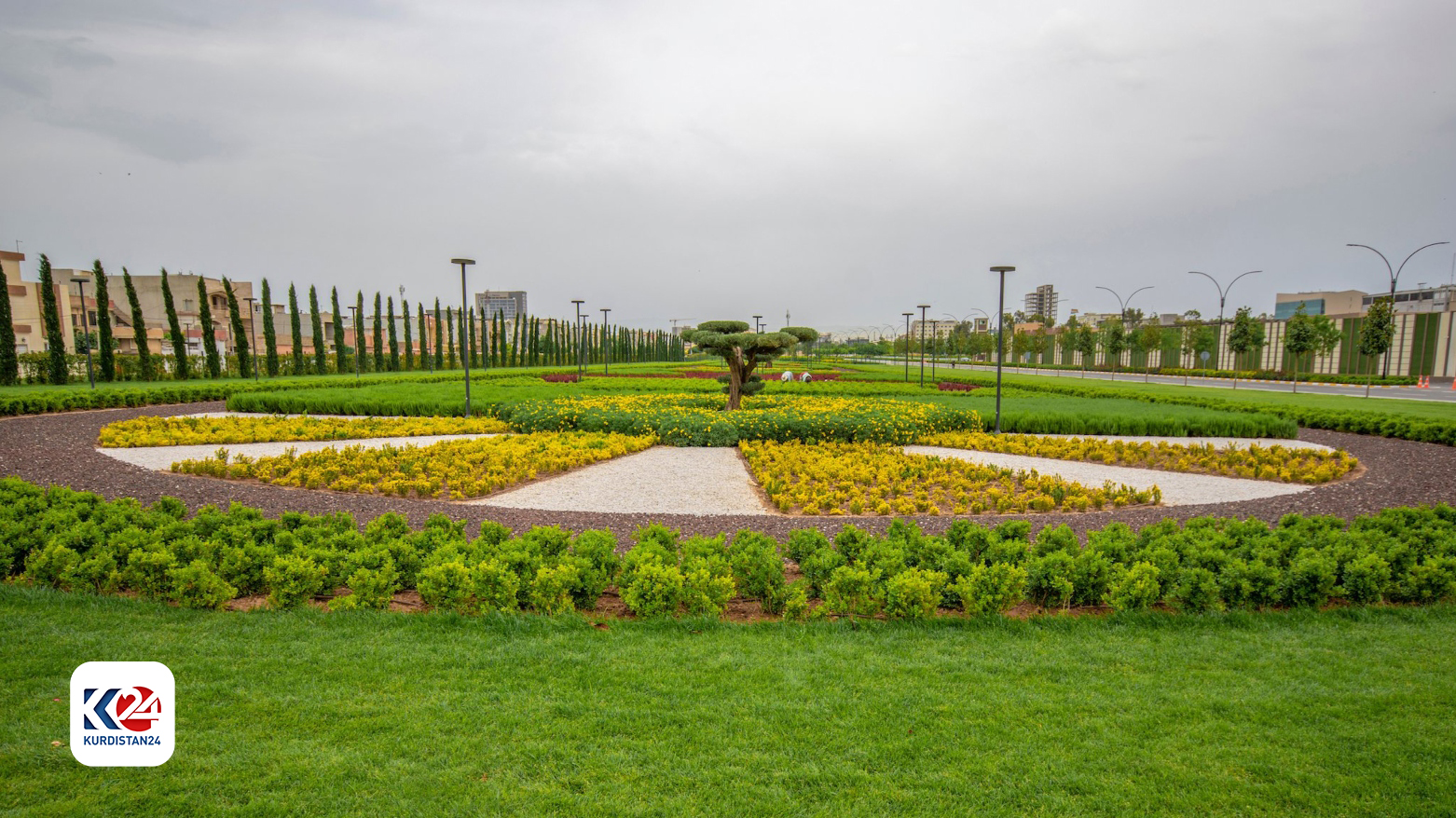Green spaces become essential in residential projects in Erbil
This trend reflects the growing importance of greenery not only for regulatory compliance but also as a major criterion for citizens deciding where to live.

Erbil (Kurdistan24) – The Board of Environmental Protection and Improvement has mandated that residential projects in Erbil must allocate at least 25% of their area to greenery, or face legal penalties. This decision has made green spaces a crucial factor for both developers and potential buyers.
The absence or insufficiency of green spaces in residential projects has significantly impacted the sales of residential units in recent years.
This trend reflects the growing importance of greenery not only for regulatory compliance but also as a major criterion for citizens deciding where to live.
Projects with abundant greenery are now more attractive to buyers, who seek cleaner air and better overall air quality. Some projects have even dedicated up to 50% of their area to green spaces.
Ibrahim Latif, from the administrative department of a residential project in Erbil, noted, “In the past, little attention was paid to green areas in residential projects. Now, citizens view greenery as a prerequisite for purchasing residential units. This belief extends to those looking to rent houses or other living spaces.”
Out of more than 100 residential projects in Erbil, 25% of the area is designated green, reflecting the increasing emphasis on greening the city. An area of 4,185,000 square meters has been allocated to various green initiatives, including:
- 177 forests
- 84 lakes within forests
- 33 tree planting projects
- 22 green belt projects
- 20 parks
These initiatives are part of a broader strategy to green the cities, which will be closely monitored.
Dr. Farman Khalil, an environmental consultant, pointed out that some residential projects, particularly in the northeast of Erbil, have struggled to develop green areas due to water shortages.
Trees and greenery have a positive impact on the environment and climate. According to international standards, the greenery rate should be between 15% and 30%, especially in densely populated cities with a large number of vehicles.
